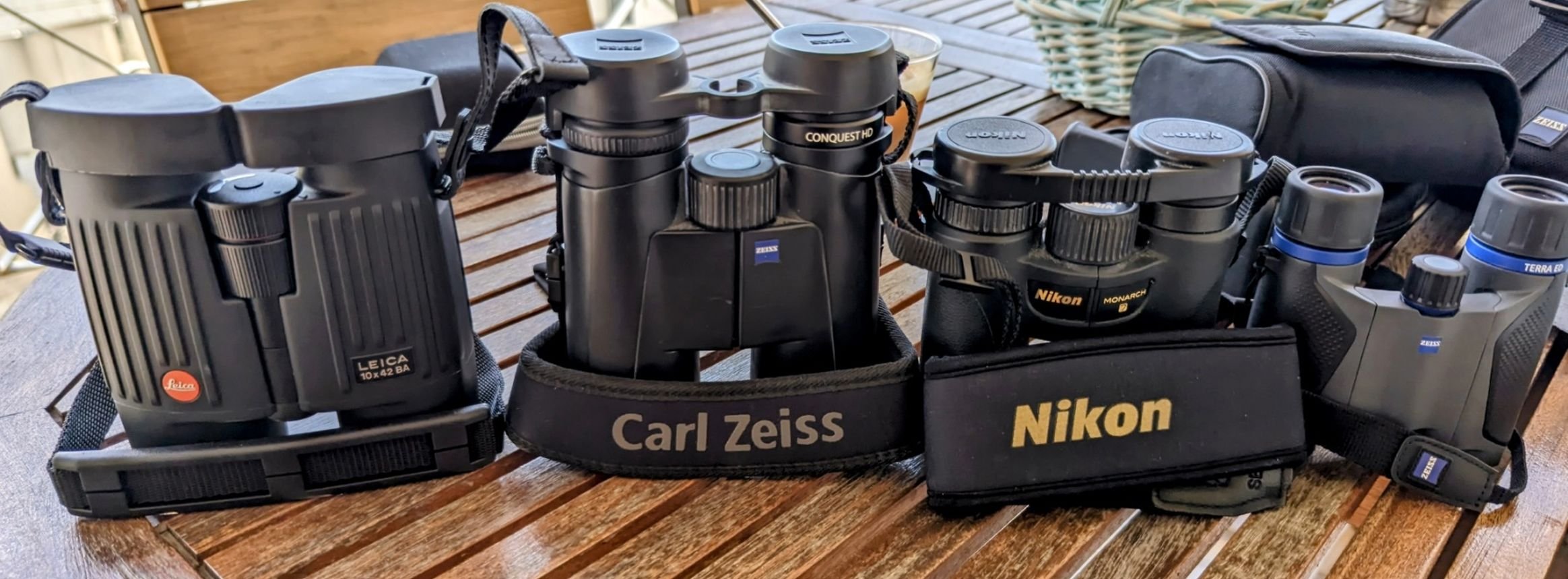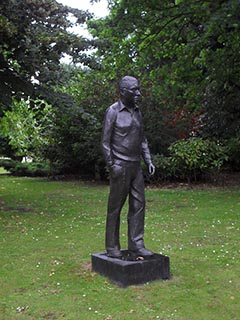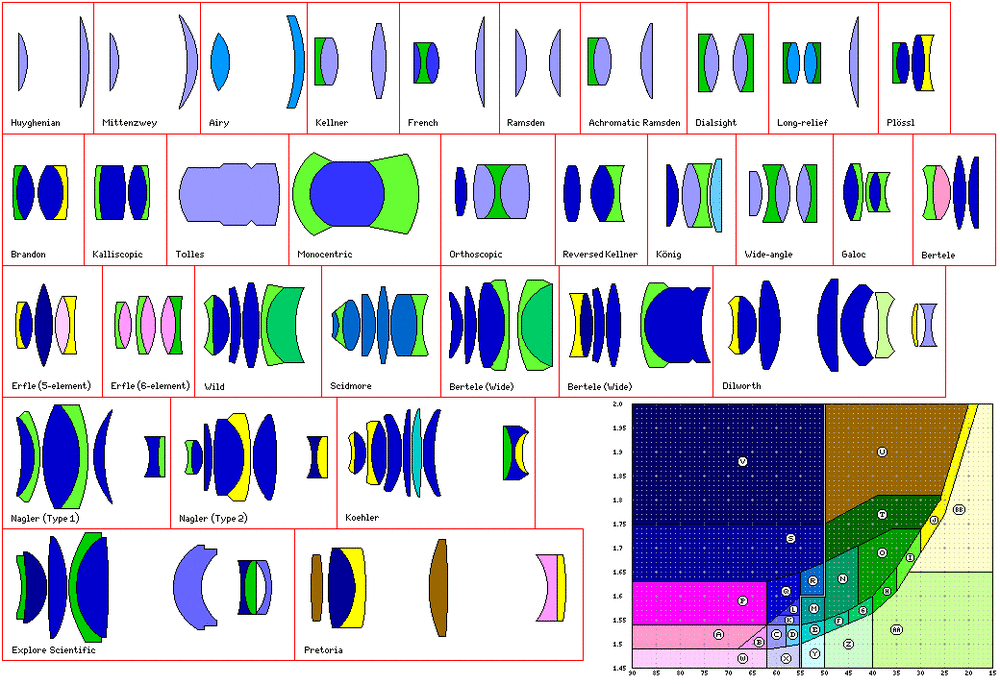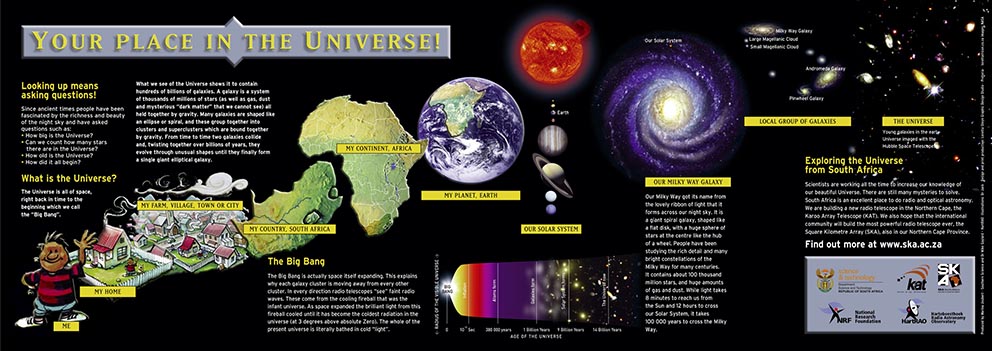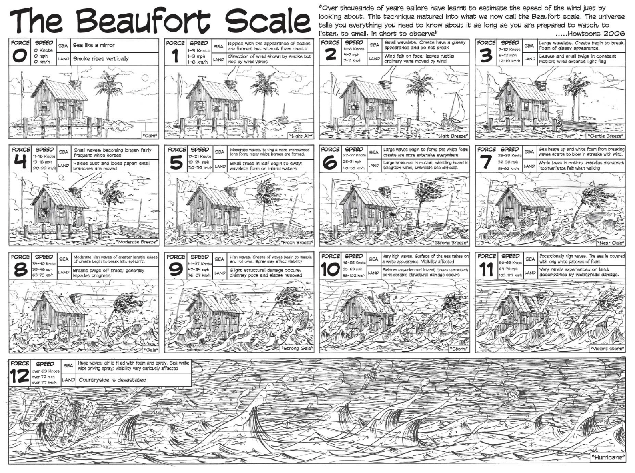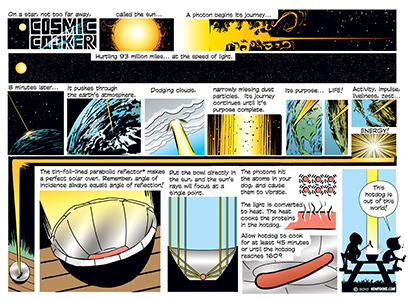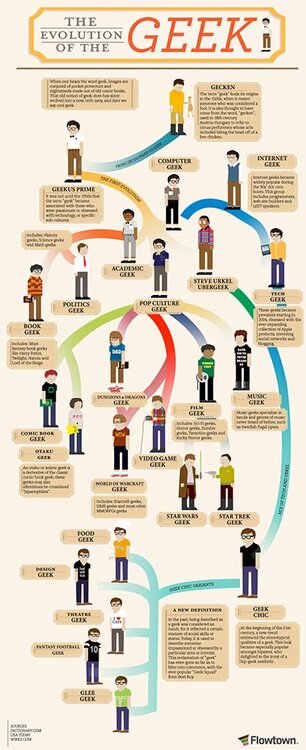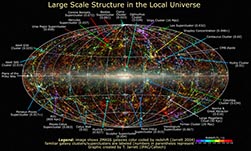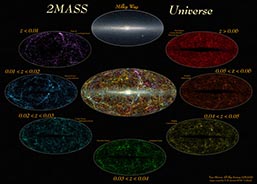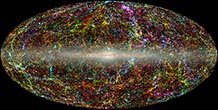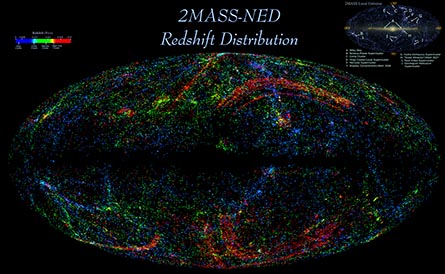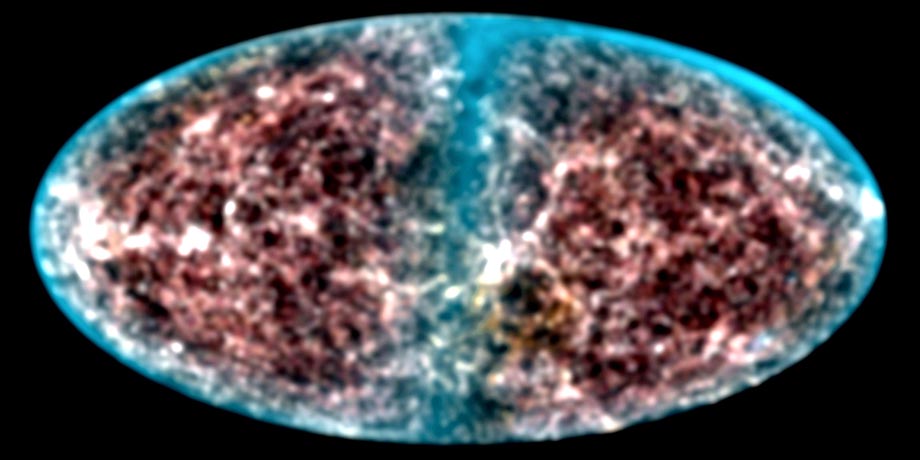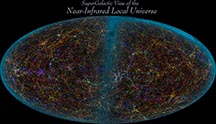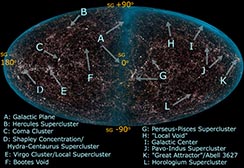-
Αναρτήσεις
16254 -
Εντάχθηκε
-
Τελευταία επίσκεψη
-
Ημέρες που κέρδισε
26
Τύπος περιεχομένου
Forum
Λήψεις
Ιστολόγια
Αστροημερολόγιο
Άρθρα
Αστροφωτογραφίες
Store
Αγγελίες
Όλα αναρτήθηκαν από kkokkolis
-
Έψαχνα την ιστοσελίδα του Alvin Huey και μου το ξετρύπωσε το Google. Τυχαίο εύρημα. Λειτουργεί και στο PPC! Πιθανώς και στα μήλα και τα ανδροειδή. Surios, είχα πολλές ελπίδες για απόψε, αλλά ο αέρας με αποθάρρυνε.
-

Επιλογή προσοφθαλμίων. Ποια η γνώμη σας
kkokkolis απάντησε στην συζήτηση του/της PanosSky σε Προσοφθάλμιοι φακοί
Το εξηγώ παραπάνω. Δίνει στοιχεία η συνταγή σου, εκεί που λέει CYL Ναι και μάλιστα μετακινούνται. Δεν τα μπερδεύεις αλλά χαλούν την απόλαυση. Όσο μικρότερη η κόρη εξόδου, τόσο μεγαλύτερα είναι. Δεν υπάρχει ακριβώς το ανεξαρτήτως. Ας πούμε 4.9mm αλλά αναλόγως των συνθηκών μπορεί να κατέβει στα 4mm ή και παρακάτω (θεωρητικά στα 2.45mm). Σε κακές συνθήκες 7-10mm. -

Vixen /Celestron Orthos 4mm, made in Japan
kkokkolis απάντησε στην συζήτηση του/της τσιαγκας προδρομος σε Πού και πώς να αγοράσω;
Αν ζορίστηκε ο Πρόδρομος στα 28 του χρόνια με το eye relief καταλαβαίνεις. Πέραν αυτού, στην ηλικία μας ο οφθαλμός έχει εμπλουτίσει την συλλογή του από έγκλειστα υαλοειδούς (floaters). Σε κόρη εξόδου 0.8 ένα τέτοιο έγκλειστο μπορεί να σου χαλάσει όλη την εικόνα και ας αναστηθεί ο Ernst Abbe για να σου φτιάξει τον καλύτερο ortho από τις σπανιότερες γαίες. Αυτός είναι κυρίως ο λόγος που επιμένω για κόρη εξόδου >1mm και που μαζεύω φακούς μέχρι 8mm. Από εκεί και κάτω με Barlow. Τα ίδια floaters βλέπω και έτσι αλλά δεν έχω πληρώσει κερατιάτικα. -

Επιλογή προσοφθαλμίων. Ποια η γνώμη σας
kkokkolis απάντησε στην συζήτηση του/της PanosSky σε Προσοφθάλμιοι φακοί
Κάπου έγραψες ότι ο αστιγματισμός προβληματίζει για κόρη εξόδου πάνω από 2 και υπό προυποθέσεις 1,5-2. Σκεπτόμουνα ορθοσκοπικό για μεγάλες μεγεθύνσεις. Δηλαδή εστιακές 4-6mm. Εκεί δεν τίθεται θέμα αστιγματισμού έτσι;; Εξαρτάται από το που βρίσκεται η αστιγματική περιοχή του οφθαλμού σου. Ένα τμήμα του κερατοειδούς ή του φακού σου δεν είναι σωστά διαμορφωμένο. Αν αυτό δεν βρίσκεται στο κέντρο, μια μικρή κόρη εξόδου μπορεί να το παρακάμπτει, δηλαδή να εισέρχεται στο μάτι από μη αστιγματική περιοχή του κέντρου. Μια μεγάλη κόρη εξόδου, 2-7mm είναι πιθανότερο να μην μπορεί να την παρακάμψει. Δεν μας έχεις δώσει στοιχεία για τον αστιγματισμό σου. Αν μου πεις την συνταγή των γυαλιών σου και για τα 2 μάτια ίσως προβλέψω κάπως. Με τον Meade 6.7 (κόρη εξόδου 1.367mm) τι συνέβη; Έβλεπες θολά σε κάποιο σημείο; Φυσικά όταν εφαρμόζεις πλάγια όραση μπορεί και η μικρή κόρη εξόδου να εισέρχεται στην αστιγματική περιοχή. Αν όμως η κόρη εισόδου έχει μικρότερη επιφάνεια από την περιοχή αυτή, τότε μπορείς να διορθώσεις με προσαρμογή της εστίασης. Ή μπορείς να εφαρμόσεις την πλάγια όραση από την άλλη πλευρά του αμφιβληστροειδούς. Έτσι μπορεί να μην είναι πρόβλημα ο αστιγματισμός. Αλλά υπάρχει ένα όριο eye relief για κάθε άνθρωπο. Εμένα το όριο για ορθοσκοπικούς είναι ο 6mm αν και ουσιαστικά άνετα αισθάνομαι με τον 12.5mm. Για Plossl/ Erfle αντιστοίχως ο 15mm και ο 20mm. Γιατί να πάρεις ένα ορθοσκοπικό που η ποιότητα του βασίζεται στους λίγους φακούς και να του προσθέσεις και άλλους;; Σωστή ερώτηση. Για να κερδίσεις σε eye relief και μόνο. Εξ ανάγκης δηλαδή. Πέραν αυτού η ποιότητα του Powermate δηλώνει πως η έκπτωση θα είναι η ελάχιστη δυνατή. Από την άλλη ο αριθμός των οπτικών στοιχείων από μόνος του δεν λέει και πολλά. Οι Ethos έχουν καλύτερη διαύγεια από πολλούς Plossl και έχουν άφθονο γυαλί. Τι φακοί είναι αυτοί;; ; Έχουν τα πλεονεκτήματα των ορθοσκοπικών;; Πλανητικοί φακοί με καλό eye relief και πεδίο 60 μοιρών. Είναι πολύ άνετοι. Εγώ δεν βλέπω διαφορά του 8 Radian από τον 9 BGO πέραν από το χρώμα του ουρανού και του αντικειμένου. Μπορείς να δεις αυτή την συγκριτική δοκιμή για πολλούς πλανητικούς φακούς 6mm από τον Bill Paolini: http://www.cloudynights.com/item.php?item_id=1935 Μετά από τους πανάκριβους Zeiss, Pentax XO, Astrophysics και TMB υπερμονοκεντρικούς καλύτεροι ήταν οι BGO. Αλλά οι Radian & ΤΜΒ προσέφεραν καλή απόδοση και μεγαλύτερη άνεση. Ο lunaraid που είναι έμπειρος πλανητικός παρατηρητής πάντως πούλησε τους BGO, Brandon, Eudiasscopics κλπ και ξαναγόρασε Radian. Αν μας διαβάζει (είναι μέλος του Astrovox) μπορεί να εξηγήσει γιατί. Τελικά με μπέρδεψες. Είναι καλύτεροι οι ορθοσκοπικοί σε αυτές τις μεγεθύνσεις (και για τους πλανήτες) από ένα Pentax XW ή Delos με Barlow;; Γιατί αν δεν είναι να μην ασχολούμαι. Εν κατακλείδι: αυτές οι διαφορές είναι αντιληπτές από απαιτητικούς, εξειδικευμένους και έμπειρους παρατηρητές. Οι υπόλοιποι είναι πιθανόν να μην τις δουν, ιδίως αν δεν παρατηρήσουν σε ιδανικές συνθήκες. Εκείνοι (εσύ και εγώ) είναι πιθανότερο να ικανοποιηθούν περισσότερο με έναν άνετο φακό μεγάλου πεδίου. Όταν μεγαλώσει η εμπειρία μας και ίσως εξειδικευτούμε, τότε μπορούμε να αγοράσουμε έναν φακό σαν τον Pentax XO ή τον ZAO (αν τους βρούμε). Τότε γιατί αγόρασα 4 BGO; Επειδή είναι τόσο φθηνοί που δεν με πόνεσε καθόλου. Όταν αρχίσω να βλέπω με σαφήνεια την διαφορά τους από τον Radian (ή και τον Baader Zoom μην σου πω) θα σκεφτώ για κάποιον ακριβότερο ορθοσκοπικό. Μέχρι τότε δεν ασχολούμαι με ο,τιδήποτε κάτω από 68 μοίρες. Ο ευχερέστερος τρόπος είναι να κεντράρεις ένα πτωχό σμήνος με τα φωτεινότερα άστρα περίπου στα 8-10mag και να δεις αν ορισμένα αχνά άστρα (13-14mag) φαίνονται με τον ένα φακό ή με τον άλλο. Έχω δει μια τέτοια διαφορά στο f του Μ42. Το e το έδειχναν όλοι οι φακοί, το f ο BGO και ο Radian. Περίεργο καθώς το e είναι 10.3 και το f 10.2, αλλά το f βρίσκεται κοντά στο c (5.1) και ίσως έτσι εξηγείται. Με άλλα λόγια: Κάνε παρατηρήσεις και μετά τα ξαναλέμε. -

Επιλογή προσοφθαλμίων. Ποια η γνώμη σας
kkokkolis απάντησε στην συζήτηση του/της PanosSky σε Προσοφθάλμιοι φακοί
Αλλεπάλληλες δημοσιεύσεις, αλλά οφείλω να πω πως κατά τον Alvin Hyuey που παρατηρεί με 22" και 30" και ενδιαφέρεται μόνο για οριακά αντικείμενα (δες τους οδηγούς παρατήρησης εδώ: http://www.faintfuzzies.com/DownloadableObservingGuides2.html) οι καλύτεροι φακοί είναι οι Zeiss Abbe Orthoscopics και κατατάσσει τους Widefields με την εξής περίπου σειρά: Delos, Ethos, Pentax XW, ES100. Λέει πως σε μία δοκιμή ο Baader Ortho ήταν καλύτερος από όλους τους Widefield και μάλιστα πλησιέστερος προς τον ZAO παρά προς τον Ethos! http://faintfuzzies.com/ObservingAids.html Εννοείται πως δεν τον ενδιαφέρει η ποιότητα στα άκρα του πεδίου, όσο η διαύγεια του προσοφθαλμίου. Το να έχεις 30" και να βλέπεις με ορθοσκοπικούς δεν έχει συμπεριληφθεί στο DSM IV TR, το DSM V βγαίνει όπου να' ναι και προλαβαίνω. Βέβαια, όσο τρελλό και να ακούγεται, ένας Ethos με ένα τηλεσκόπιο 22" θα δείχνει τόσα αστέρια που θα ζαλίζεσαι. Δεν θα μπορείς εύκολα να ξεχωρίζεις έναν μικρό γαλαξία ή πλανητικό νεφέλωμα. Εκεί το μικρό πεδίο σε βοηθά. -

Το σύμπαν της τέχνης και οι τέχνες τ' ουρανού
kkokkolis απάντησε στην συζήτηση του/της kkokkolis σε Λοιπές Αστρονομικές Συζητήσεις
-

Επιλογή προσοφθαλμίων. Ποια η γνώμη σας
kkokkolis απάντησε στην συζήτηση του/της PanosSky σε Προσοφθάλμιοι φακοί
Να και ένα ακόμη διάγραμμα (συνημμένο). Το έχουμε βάλει αρκετές φορές, ας βρίσκεται και εδώ. Πρόκειται μάλιστα για έκδοση που συμπεριλαμβάνει του Explore Scientific 100 (ίδιο σχέδιο και οι Ethos). Οι Vixen LVW και κλώνοι βασίζονται στο σχέδιο Dilworth. Οι περισσότεροι φακοί είναι παραλλαγές αυτών που βλέπεις, ο ES120 για παράδειγμα πρέπει να βασίζεται στο Khoeller, αλλιώς θα πρόκειται για σπουδαία εξέλιξη. Τα Scidmore και Wide Bertele είχαν πεδίο 90 μοιρών πριν ανακαλυφθούν οι Nagler. Ο προσοφθάλμιος φακός είναι αριστερά και ο αντικειμενικός δεξιά. Από την ίδια πηγή http://www.quadibloc.com/science/opt04.htm μια απεικόνιση της κόρης εξόδου και της ανακουφιστικής απόστασης οφθαλμών καθώς και της διαφοράς των φαινομενικών πεδίων των διαφόρων φακών, για να λάβεις μιαν ιδέα Αυτά νομίζω πως πρέπει να γίνουν "κολλώδη" στην κορυφή της αντίσοιχης κατηγορίας για να μην τα ψάχνουμε συνέχεια (προς τους moderators & administrator) -

Vixen /Celestron Orthos 4mm, made in Japan
kkokkolis απάντησε στην συζήτηση του/της τσιαγκας προδρομος σε Πού και πώς να αγοράσω;
Πάνο, είσαι μαζοχιστής; Πρόσεξες την διάμετρο του φακού; Επίσης δεν πωλείται πια αυτός ο φακός. Εγώ είχα έναν Celestron Plossl 4mm και το καλύτερο που σκέφτηκα να κάνω ήταν να αφαιρέσω τους φακούς και να τον χρησιμοποιώ για την ευθυγράμμιση των νευτωνίων. Ντρεπόμουν να τον πουλήσω. Τώρα τον χρησιμοποιώ σαν καπάκι στον προσαρμογέα 2"->1.25" του 12". Δες την απάντηση εδώ: http://www.astrovox.gr/forum/viewtopic.php?p=182297#182297 -

Επιλογή προσοφθαλμίων. Ποια η γνώμη σας
kkokkolis απάντησε στην συζήτηση του/της PanosSky σε Προσοφθάλμιοι φακοί
Ένα βοήθημα για την εξέλιξη των φακών μέχρι το 1990. http://www.brayebrookobservatory.org/BrayObsWebSite/HOMEPAGE/PageMill_Resources/PUBLICATIONS/treediag.jpg Συνοψίζοντας την απάντηση στο ερώτημά σου, οι επιλογές είναι οι εξής: 1. Αγορά Ορθοσκοπικού (ή Masuyama, Brandon, TV Plossl) μικρής εστιακής ΜΟΝΟ αφού διαπιστώσεις πως ο αστιγματισμός σου δεν σε εμποδίζει να παρατηρήσεις χωρίς γυαλιά, δηλαδή πρέπει να δεις αν η κόρη εξόδου παρακάμπτει την αστιγματική περιοχή του οφθαλμού σου. Αν ο αστιγματισμός είναι στο ένα μάτι, μπορείς να παρατηρήσεις με το άλλο φυσικά 2. Αγορά Ορθοσκοπικού (ή Masuyama Brandon, TV Plossl) μεγάλης εστιακής και χρήση με τον Barlow 3. Αγορά Radian ή κλώνων (Meade HD-60, Celestron Xcel- LX, TMB Planetaries, TS Planetaries) πεδίου 60 μοιρών και eye reliief 16-20mm 4. Να βλέπεις τους πλανήτες με ό,τι έχεις και αν αυτά που έχεις είναι Delos, UWA, ES100 και παρόμοια πολύ καλά θα κάνεις και δεν θα σου λείψουν τα 1, 2 και 3. -

Επιλογή προσοφθαλμίων. Ποια η γνώμη σας
kkokkolis απάντησε στην συζήτηση του/της PanosSky σε Προσοφθάλμιοι φακοί
Οι Ευδιασκοπικοί δεν έχουν σχέση με τους Ορθοσκοπικούς. Είναι κλώνοι των περίφημων Masuyama, όπως οι Celestron Ultima (οι παλαιοί), οι Orion Ultrascopic, οι Antares Elite και Parks Gold, νομίζω. Δεν τους έχω δοκιμάσει, έχουν πάντως καλή φήμη. Πρόκειται για συγκερασμό των Plossl με τους Erfle. Μου φούντωσες την περιέργεια Homo. -

Επιλογή προσοφθαλμίων. Ποια η γνώμη σας
kkokkolis απάντησε στην συζήτηση του/της PanosSky σε Προσοφθάλμιοι φακοί
Οι ορθοσκοπικοί κάνουν για όλα. Τα κύρια πλεονεκτήματά συνίστανται στον περιορισμένο αριθμό οπτικών στοιχείων σε 2 ομάδες και στον περιορισμό των οπτικών σφαλμάτων. Έναντι των Plossl διαθέτουν και καλό eye relief (όχι αρκετό για ανθρώπους με γυαλιά πάντως). Μειονεκτήματα: στενό πεδίο και φαινόμενο σφαίρας όταν διατρέχεις τον ουρανό (πιθανώς οφείλεται σε βαρελοειδή παραμόρφωση που προσθέτει ο οφθαλμός στην εικόνα). Αυτός ο συνδυασμός πλεονεκτημάτων/ μειονεκτημάτων τα έχει οδηγήσει στην πλανητική εξειδίκευση, χωρίς αυτό να σημαίνει πως δεν είναι κατάλληλα για DSO's, ιδίως για γαλαξίες και διπλούς αστέρες. Η σχετική δυσκολία με τον BGO 9 και περισσότερο με τον BGO 6 με οδήγησε στην αγορά των BGO 18 & 12.5 τους οποίους χρησιμοποιώ με τον Powermate 2.5x. Δίνουν ανάλογα των 7 & 5mm αν και διαβάζω πως οι Powermate είναι κάπως ισχυρότεροι από όσο δηλώνουν, περί τα 2.8x. Όπως και να έχει έχω μια άψογη εικόνα με πολύ καλό eye relief και σίγουρα βλέπω όλο το πεδίο με τα γυαλιά μου. Με τον barlow της TV μπορείς να αγοράσεις και εσ'υ αυτές τις 2 εστιακές και να λάβεις ανάλογα των 9 και 6.25mm για μεγεθύνσεις 166x & 240x, επαρκέστατες για πλανητική παρατήρηση (η πρώτη για Δία και Σελήνη, η δεύτερη για Κρόνο και Άρη κυρίως). Αλλά η νέα τεχνολογία ίσως έχει κάνει τον Delos 10 (και 5 με τον Barlow) ισάξιο των ορθοσκοπικών, με επιπρόσθετα πλεονεκτήματα στο πεδίο και το eye relief. Μπορείς να κάνεις και χωρίς αυτά δηλαδή. Με αυτό το σκεπτικό δεν θα αγόραζα ποτέ ορθοσκοπικούς των 500 ευρώ (Zeiss από Baader) και 250 ευρώ (Pentax) αλλά τα 50-90 ευρώ των University Optics και Baader προσφέρουν την ευκαιρία να δοκιμάσεις τους ορθοσκοπικούς χωρίς οικονομικά εμπόδια. -

Το σύμπαν της τέχνης και οι τέχνες τ' ουρανού
kkokkolis απάντησε στην συζήτηση του/της kkokkolis σε Λοιπές Αστρονομικές Συζητήσεις
-

Το σύμπαν της τέχνης και οι τέχνες τ' ουρανού
kkokkolis απάντησε στην συζήτηση του/της kkokkolis σε Λοιπές Αστρονομικές Συζητήσεις
-

Το σύμπαν της τέχνης και οι τέχνες τ' ουρανού
kkokkolis απάντησε στην συζήτηση του/της kkokkolis σε Λοιπές Αστρονομικές Συζητήσεις
-

Το σύμπαν της τέχνης και οι τέχνες τ' ουρανού
kkokkolis απάντησε στην συζήτηση του/της kkokkolis σε Λοιπές Αστρονομικές Συζητήσεις
The Evolution of the Geek Μας άφησαν απ' έξω η μου φαίνεται; Αναγνωρίζω τον εαυτό μου σε 11 επίπεδα, 12 όταν συμπεριλάβουν τον AstroGeek. -

Το σύμπαν της τέχνης και οι τέχνες τ' ουρανού
kkokkolis απάντησε στην συζήτηση του/της kkokkolis σε Λοιπές Αστρονομικές Συζητήσεις
-

Το σύμπαν της τέχνης και οι τέχνες τ' ουρανού
kkokkolis απάντησε στην συζήτηση του/της kkokkolis σε Λοιπές Αστρονομικές Συζητήσεις
Logarithmic Map of the Universe, Gott, Juric et al., Astrophysical Journal, 2005 Σε ασυμπίεστη εικόνα ανάλυσης 300dpi εδώ: http://www.astro.princeton.edu/universe/all300.gif -

Το σύμπαν της τέχνης και οι τέχνες τ' ουρανού
kkokkolis απάντησε στην συζήτηση του/της kkokkolis σε Λοιπές Αστρονομικές Συζητήσεις
Και τις... ... δημοσιεύσεις! Έχουμε ξεπεράσει και τις 200000 αναγνώσεις εδώ και καιρό αλλά γνωρίζω πως οι 150000 είναι δικές μου και της Κατερίνας. -

Το σύμπαν της τέχνης και οι τέχνες τ' ουρανού
kkokkolis απάντησε στην συζήτηση του/της kkokkolis σε Λοιπές Αστρονομικές Συζητήσεις
Allsky Images of the 2MASS Extended Source Catalog (XSC), Galactic View of the Local Universe Ανατριχιαστικές εικόνες! -

Το σύμπαν της τέχνης και οι τέχνες τ' ουρανού
kkokkolis απάντησε στην συζήτηση του/της kkokkolis σε Λοιπές Αστρονομικές Συζητήσεις
-

Το σύμπαν της τέχνης και οι τέχνες τ' ουρανού
kkokkolis απάντησε στην συζήτηση του/της kkokkolis σε Λοιπές Αστρονομικές Συζητήσεις
-

Το σύμπαν της τέχνης και οι τέχνες τ' ουρανού
kkokkolis απάντησε στην συζήτηση του/της kkokkolis σε Λοιπές Αστρονομικές Συζητήσεις
-

Το σύμπαν της τέχνης και οι τέχνες τ' ουρανού
kkokkolis απάντησε στην συζήτηση του/της kkokkolis σε Λοιπές Αστρονομικές Συζητήσεις
Allsky Images of the 2MASS Extended Source Catalog (XSC), Smoothed Supergalactic Map, Cosmic Web of Galaxies -

Το σύμπαν της τέχνης και οι τέχνες τ' ουρανού
kkokkolis απάντησε στην συζήτηση του/της kkokkolis σε Λοιπές Αστρονομικές Συζητήσεις
Allsky Images of the 2MASS Extended Source Catalog (XSC), SuperGalactic View of the Ks-band Differentiated Universe -

Το σύμπαν της τέχνης και οι τέχνες τ' ουρανού
kkokkolis απάντησε στην συζήτηση του/της kkokkolis σε Λοιπές Αστρονομικές Συζητήσεις

